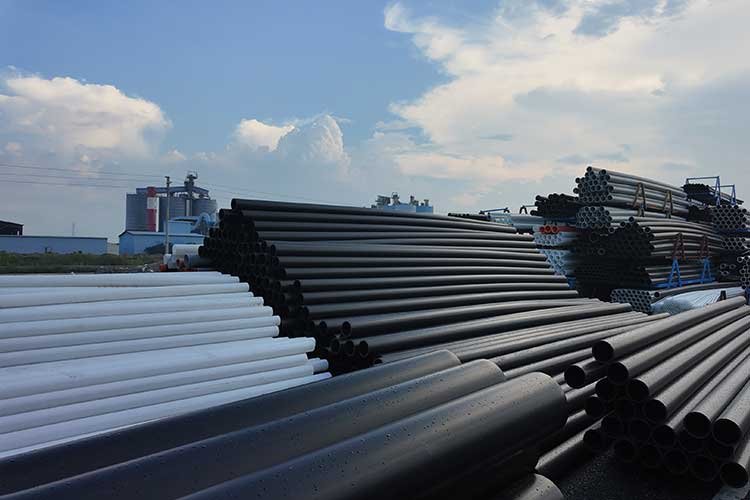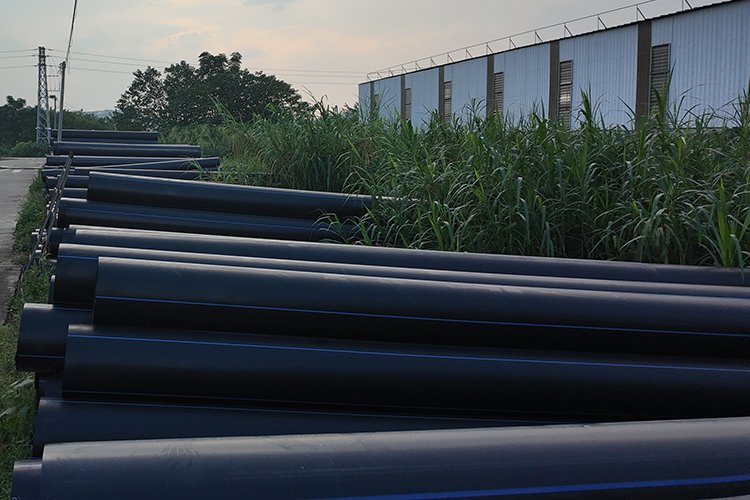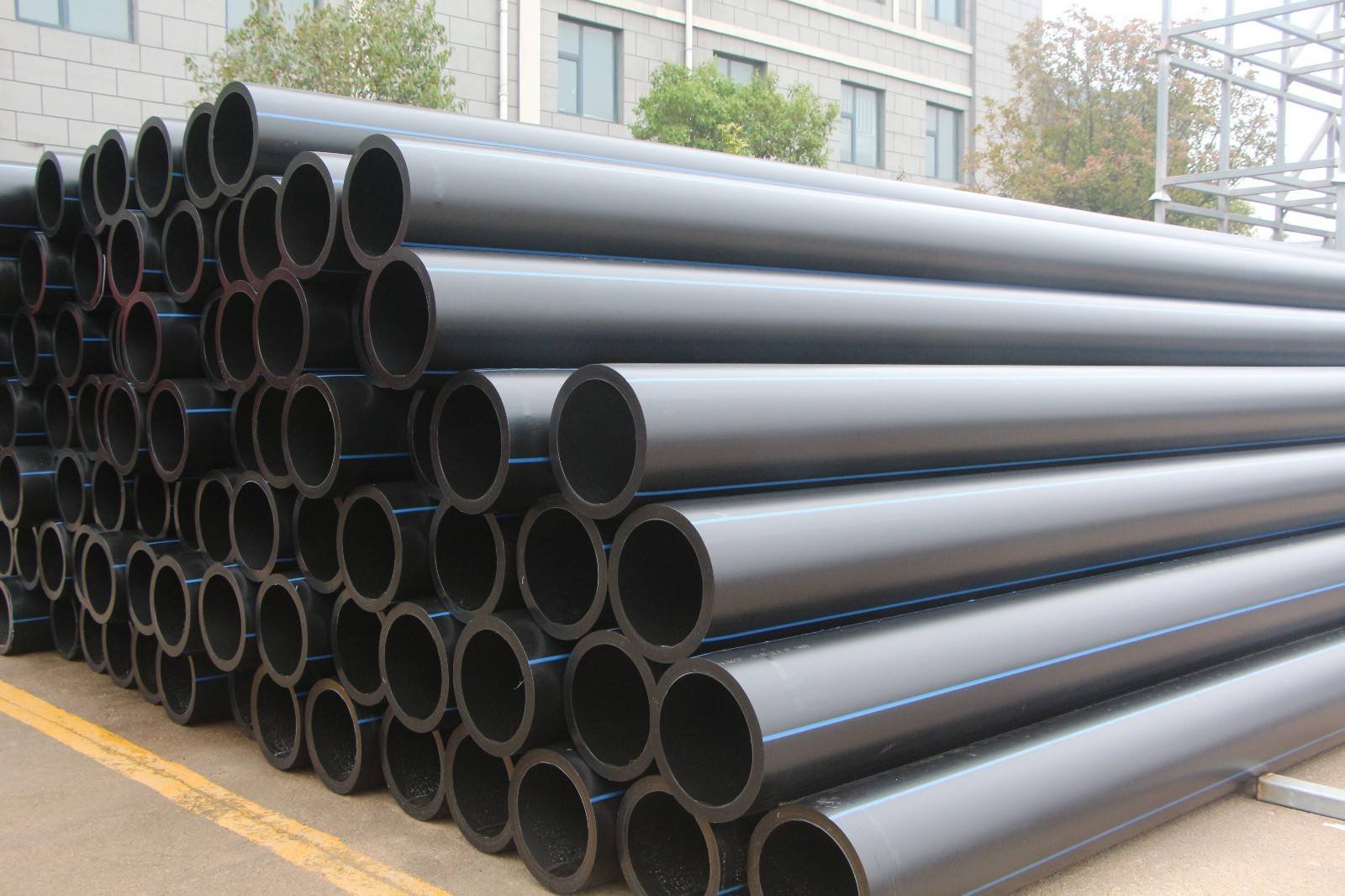The compressive strength of PE drainage pipes mainly depends on several factors, including material grade, wall thickness, and usage conditions. The following is a detailed analysis of the compressive strength of PE pipes:
Material grade

PE drainage pipes are classified into different grades based on material quality, such as PE80 and PE100. These grades represent the properties of the pipe’s raw materials, with higher numbers indicating greater compressive strength.
PE80: This is an older grade of PE pipe, with a maximum pressure resistance of 8 MPa. While widely used in the early days, this grade has been gradually replaced by higher-strength pipes as technology advances.
PE100: This is currently the most common grade of PE pipe, with a maximum pressure resistance of 10 MPa. Compared to PE80, PE100 pipe offers higher compressive strength and improved overall performance, including abrasion and chemical resistance.
Wall thickness

In addition to material grade, the wall thickness of PE drainage pipe is also an important factor affecting its compressive strength. Generally speaking, the thicker the pipe wall, the higher its compressive strength. This is because thicker pipe walls can withstand greater internal pressure and external forces, thereby improving the overall strength of the pipe.
Conditions of Use
The compressive strength of PE drainage pipe is also affected by the conditions of use. For example, when used in high temperatures, high pressures, or corrosive media, its compressive strength may decrease. Therefore, when selecting PE pipe, it is necessary to choose the appropriate pipe grade and wall thickness based on the specific conditions of use.
Other factors

The compressive strength of PE drainage pipes may also be affected by a variety of factors such as production process, raw material quality, pipe connection method, etc. Therefore, during the production and use process, it is necessary to strictly control the quality of each link to ensure that the compressive strength of PE pipes meets the design requirements.
Sonuç
The compressive strength of PE drainage pipe is a comprehensive performance indicator, influenced by multiple factors, including material grade, wall thickness, and operating conditions. When selecting and using PE pipe, it’s important to choose the appropriate grade and wall thickness based on specific needs and conditions, and to strictly control quality during production and use to ensure the pipe’s compressive strength meets design requirements.
Furthermore, the compressive strength requirements for PE drainage pipe vary depending on the application and scenario. For example, high-pressure piping systems like water and gas require PE pipe with higher compressive strength. In contrast, in low-pressure or less corrosive applications, a relatively lower-strength pipe can be selected to reduce costs. Therefore, when selecting PE drainage pipe, comprehensive considerations must be made based on the specific application scenario and requirements.